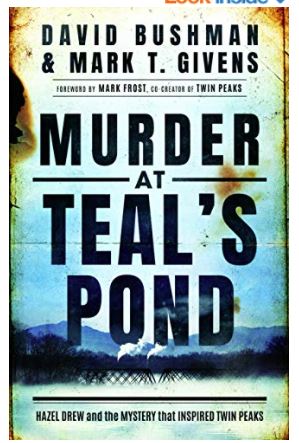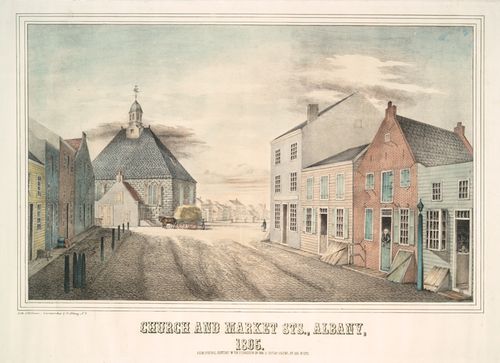
I had just returned from traveling to Croatia in April when I received the email below:
Hello,
My name is [ ]. I am a Family History consultant. For a few years I have been trying to find the parentage of Joseph Emory DeLong 1814, married to Caroline Patterson about 1844 in Portage, Livingston New York. Joseph had a son named John, before Caroline, with Meritheue.
Could I ask, have you heard of any of these names? Joseph was a Blacksmith, as were his sons with Caroline. John died in the civil war. his mother’s name is unusual but I have not found anything.
I came across this website and to a shot in the dark to enquire.
Definitely, this was a shot in the dark and I was initially confused. The email came to my website email address and not through one of my online tree messages. I hadn’t recalled writing about anyone named DeLong on my blog and the subject of the email, “I have a question about someone in Nunda.” was even more intriguing because I knew where Nunda was located, having written a report last year for a client. That wasn’t anywhere on my website, either. I thought maybe the client had given my email to the writer but no, the message said it was from my website.
I went to the website and looked for a blog I had written about the DeLong family. Nada. I had written about the Long family but they were from Indiana. The name nagged at me so I went back to the research report I had done in 2022 for the Nunda location but no DeLongs were there.
Where had I heard that name? I’m good at remembering surnames from years of researching and I knew something about this name but I couldn’t place what it was. I turned to my Ancestry.com personal tree and discovered that I did, indeed, have a DeLong in my tree. I hadn’t researched her, however, as she had married into my husband’s Harbaugh family. Here’s where it gets weird…
Born in Ohio, she relocated with her parents to the small rural Indiana county where I now live, as did her soon-to-be husband who I had extensively researched because he was part of a surname study I had done in the early 2000s. I didn’t recall he had lived in my current county. They married in the courthouse less than 5 minutes from where I live. Gave me the eebie jeebies!
How did this individual take such a wild shot at emailing me about a name that I didn’t have on my blog and I was able to connect the unique surname to someone in my personal family tree that just happened to live in the community I just moved to? The frequency of that surname in the U.S. is 1:13,755. I have no idea why the writer connected to me but her shot in the dark had a great aim.



